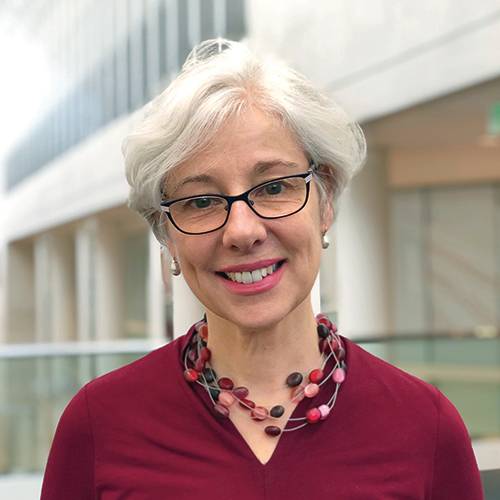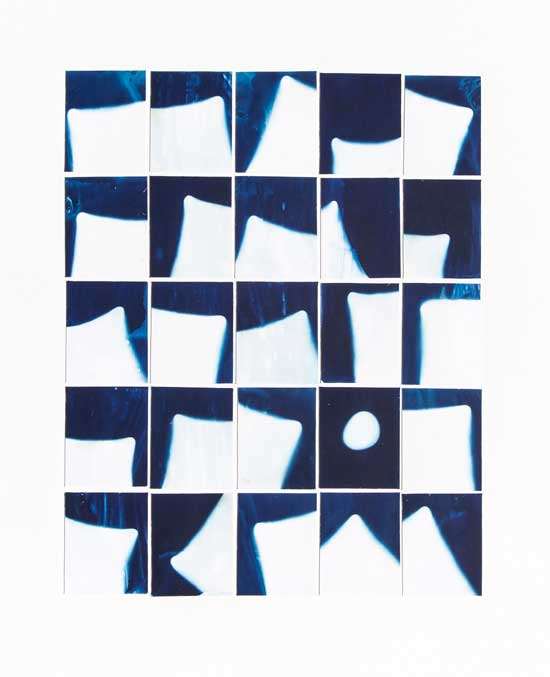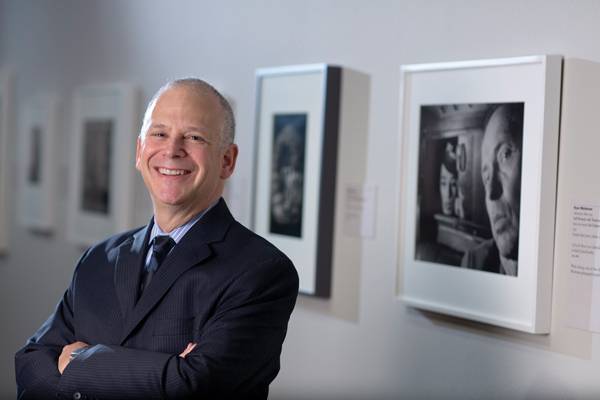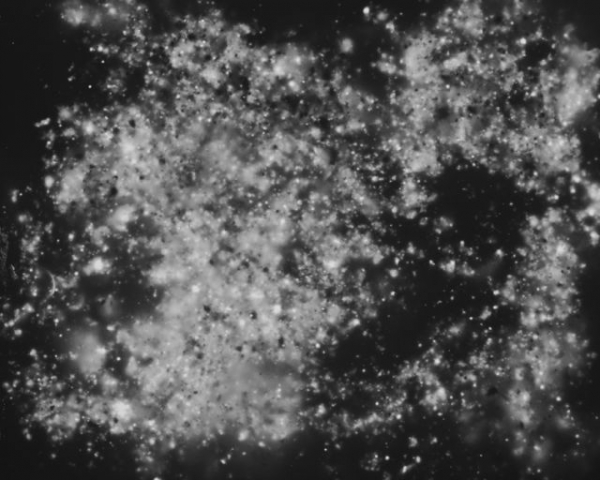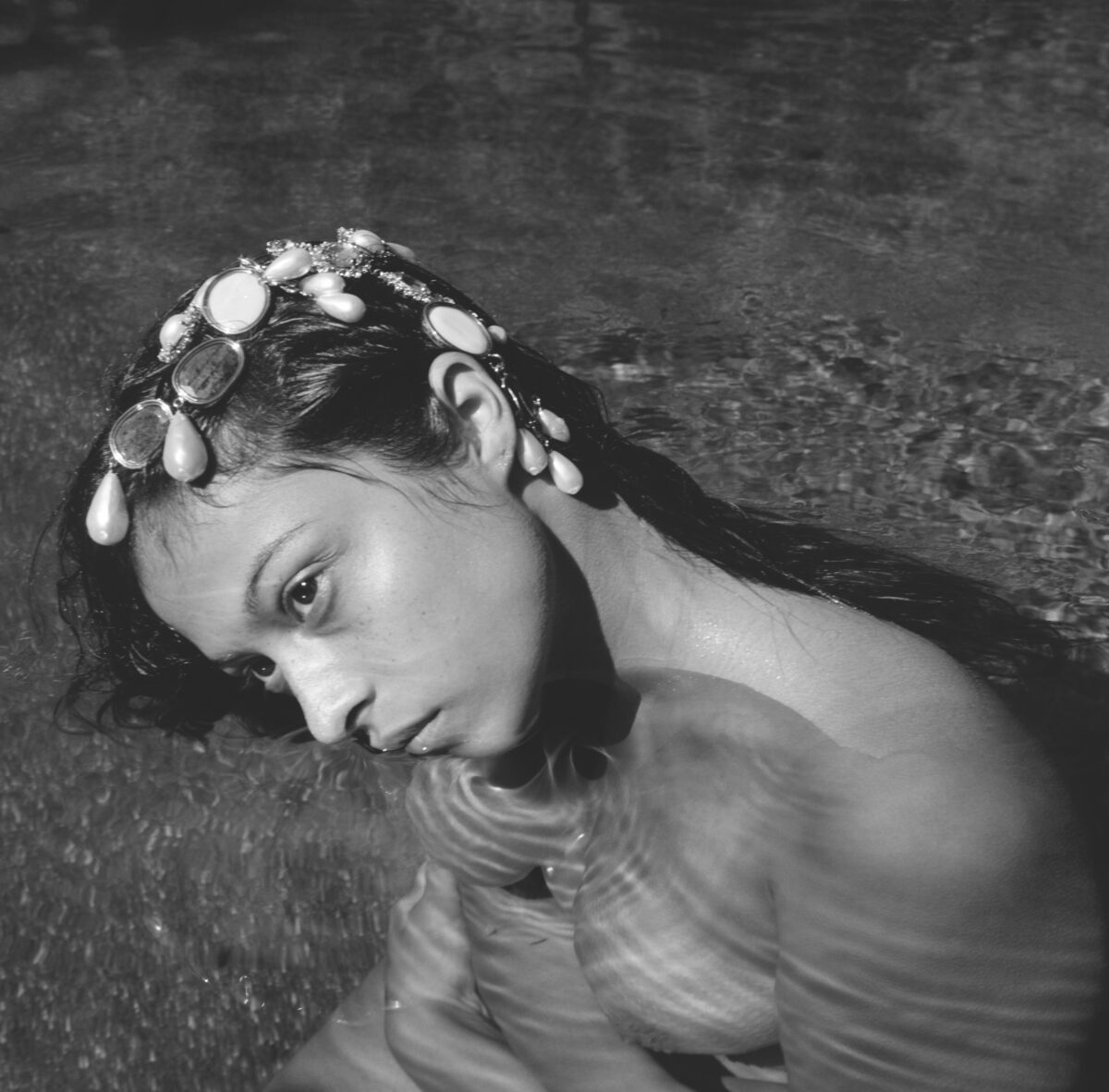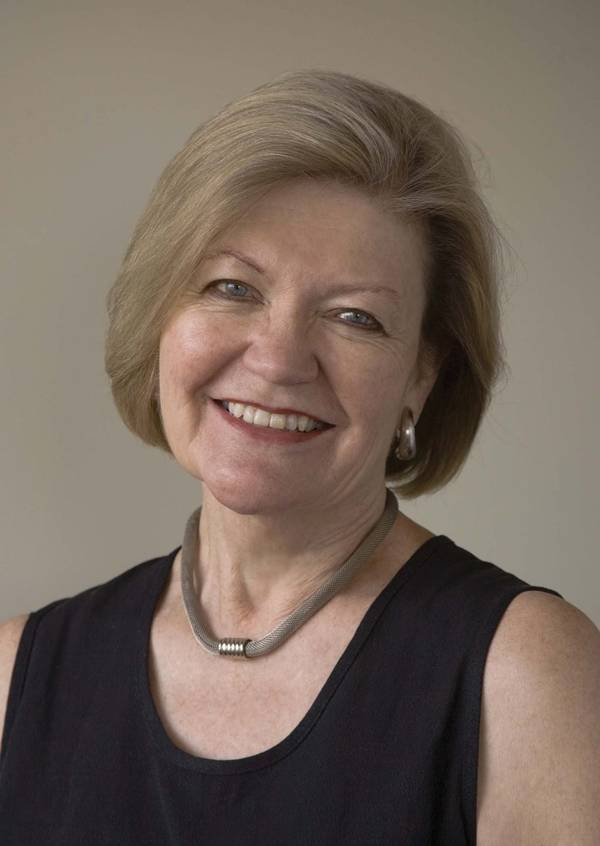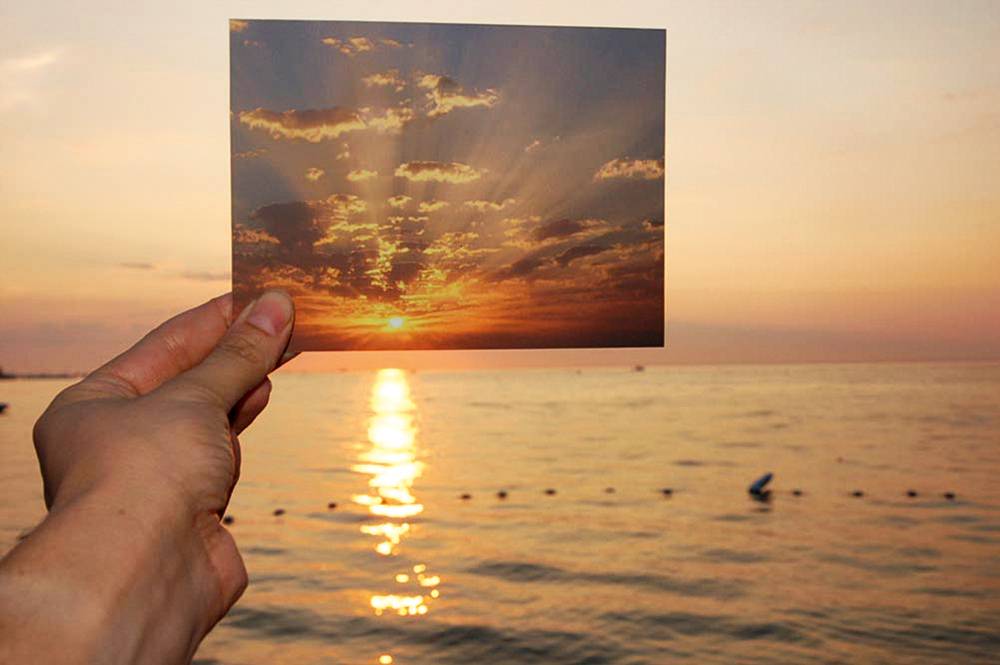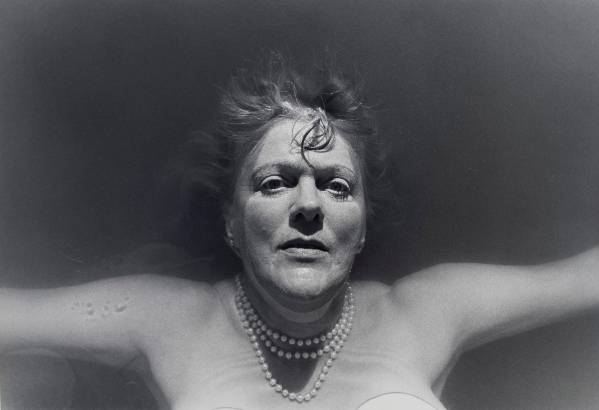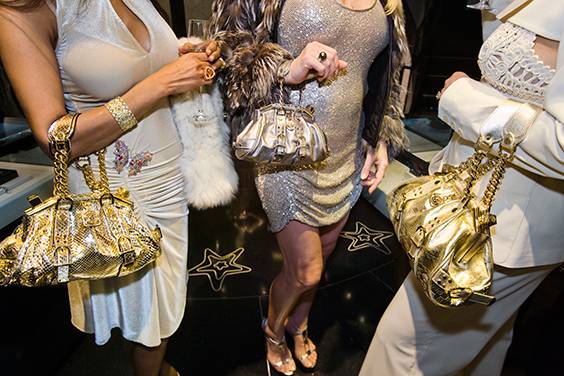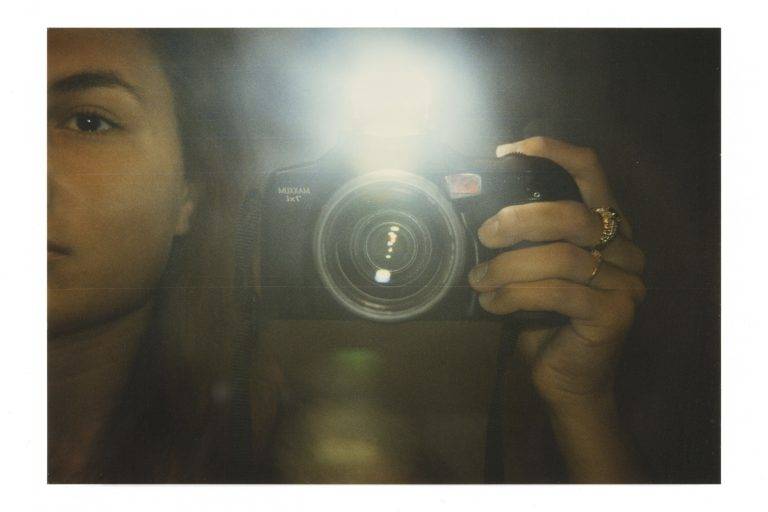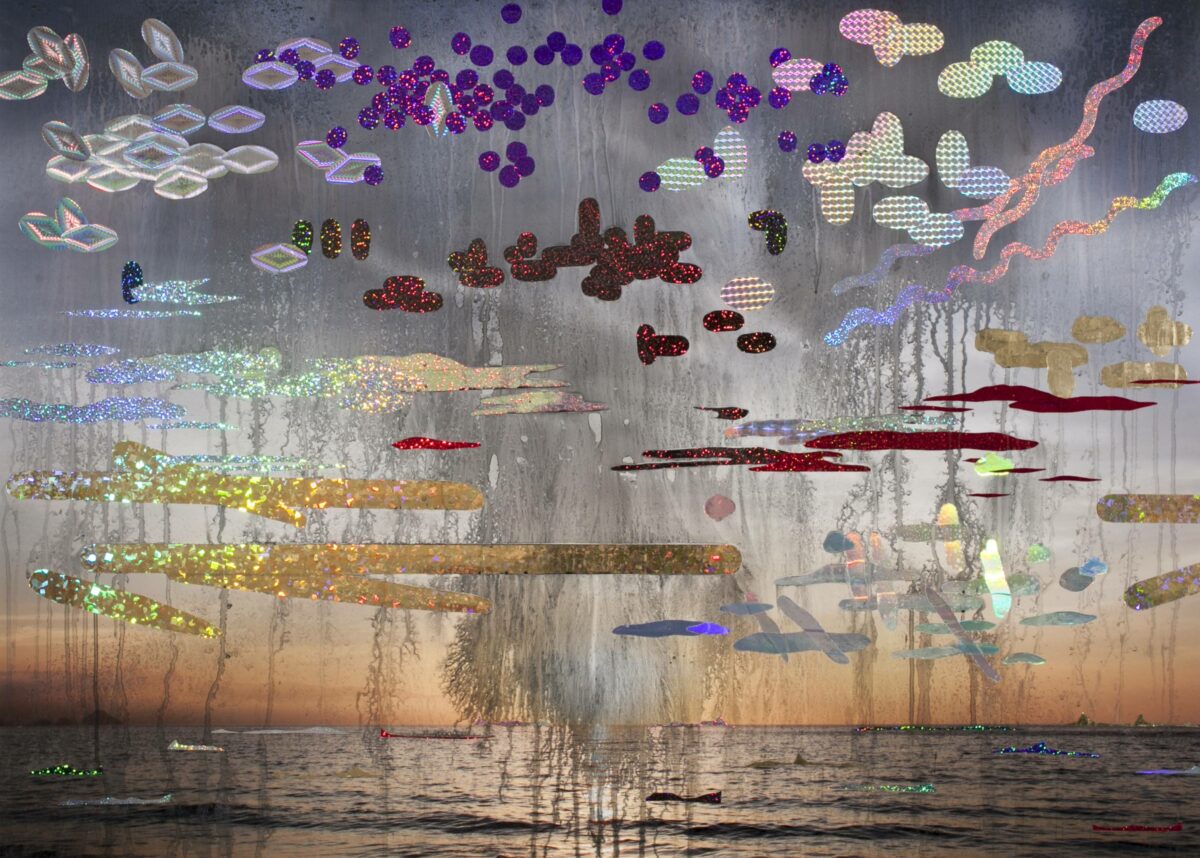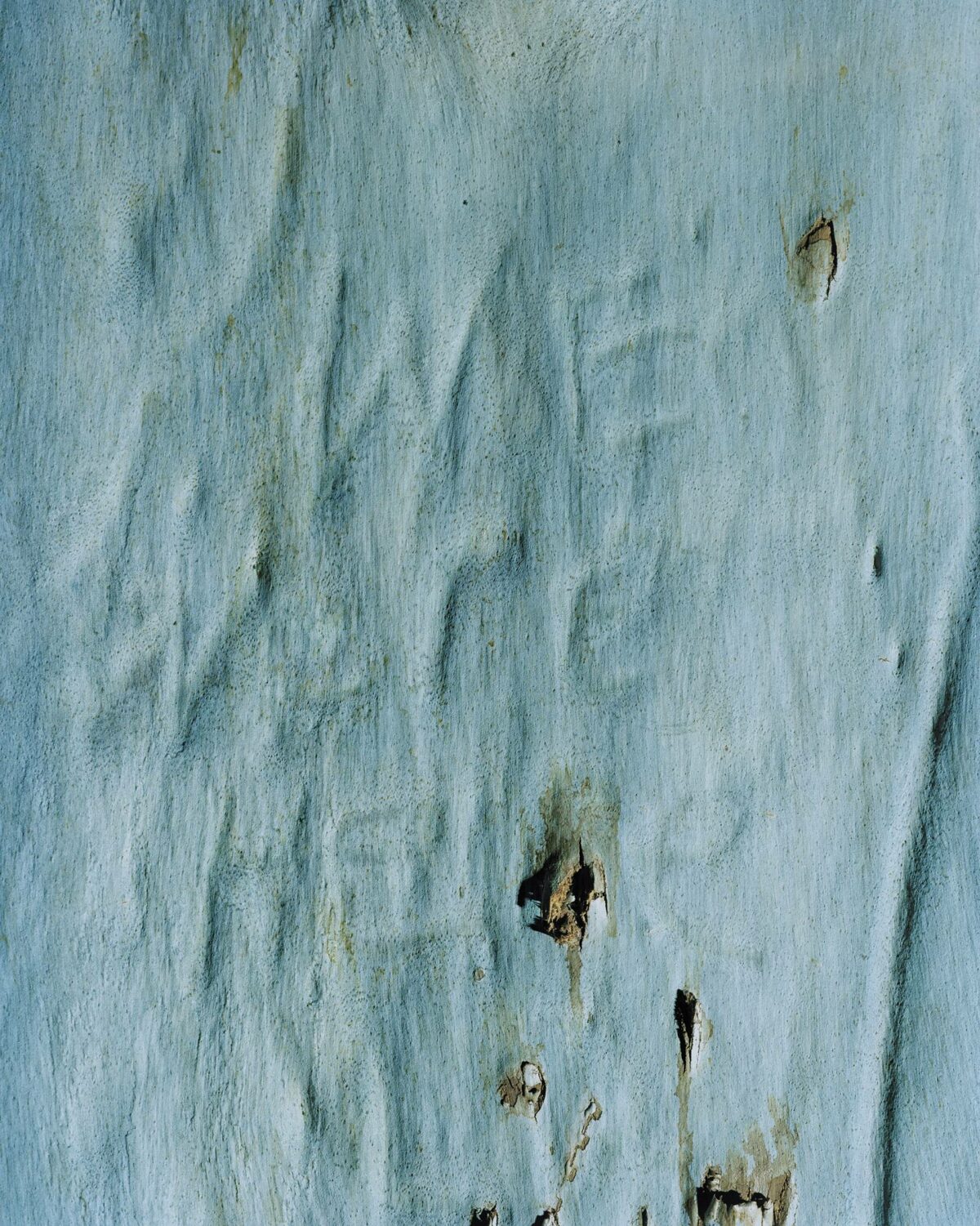How often does it happen that the job you dream of when you’re starting out is the job you wind up having, happily, more than 30 years in? Anne Havinga, the Estrellita and Yousuf Karsh Chair of Photography at the Museum of Fine Arts, Boston, is that lucky soul. “I can tell you that when I was starting out, this was my goal museum,” she says. Clifford Ackley, now the Ruth and Carl J. Shapiro Curator of Prints and Drawings, was head of the Department of Prints, Drawings, and Photographs at the time. “I knew Cliff Ackley was head of the department, and I thought: I would like to learn from this person. I’m really pleased that I’ve been able to flourish here.”
Havinga was born outside of Boston, though she grew up in New Hampshire. “You could have space there, which was precious for Dutch people,” says Havinga, whose parents immigrated from the Netherlands. Her mother was an administrator in Havinga’s high school who once worked for the Dutch Queen, and her father worked as an electrical engineer. But one of her grandfathers was a painter, and the other was a historian, and those two interests were passed down to Havinga. She studied Dutch art in graduate school at Williams College, which led to an internship in the prints, drawings, and photographs department at the Philadelphia Museum of Art. Though her focus there was prints and drawings, she had friends who were photography curators, and she took in plenty of photography exhibitions that stuck with her. “But probably the area of photography I was most interested in,” she says, “was 19th-century French photography. I just was very drawn to that material.”
She left Philadelphia for a job as the assistant curator of prints, drawings, and photographs at the Smith College Museum of Art. The department’s curator was a prints and drawings specialist, so it fell to her to focus on photography. “That’s when I really started learning and getting engaged with photography,” she says. “It was more immediate, and it really felt like the field would grow.”
Havinga joined the MFA’s Department of Prints, Drawings, and Photographs in 1989 and became the curator of photographs in 2001 (the photography department separated from prints and drawings in 2017). The collection has expanded in the last decade, including two notable acquisitions: in 2012, the museum received some 6,000 photographs from the Lane Collection, with strengths in Charles Sheeler, Edward Weston, Imogen Cunningham, and Ansel Adams.(The recent exhibition Ansel Adams in Our Timewas drawn extensively from the Lane Collection.) And this past fall, the Howard Greenberg Collection was acquired by the museum, including rare prints of modernist masterpieces and mid-20th-century classics, as well as documentary photography and photojournalism.
“The MFA is the largest museum in New England,” says Havinga, “and people turn to us to see the historical spread of art and photography, so we try to cover a lot of different directions.” Through May 12,Graciela Iturbide’s Mexico, is on view, curated by Kristen Gresh, the Estrellita and Yousuf Karsh Curator of Photographs. Havinga, meanwhile, curated a show of abstraction in postwar European photography, Postwar Visions: European Photography, 1945-60, on view through June 23. And March 8 through 10, the museum is hosting How We See: Photobooks by Women, a collaboration with the nonprofit 10×10 Photobooks. Havinga is quick to give credit to her colleagues in the department, Gresh and Karen Haas, the Lane Curator of Photographs. “It’s not just me,” she says. “I’m a team player, and a lot of the things we do, we do together. That’s the core of who we are and why we can accomplish what we can.”

